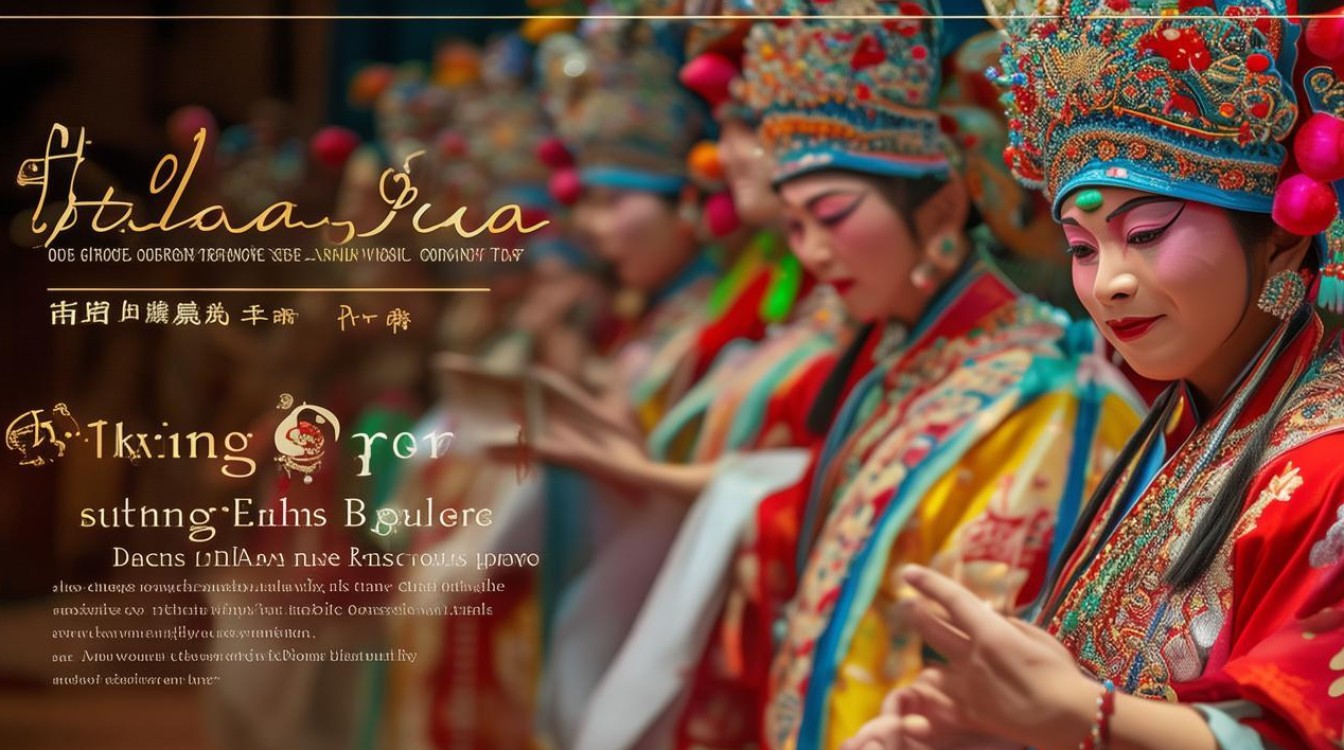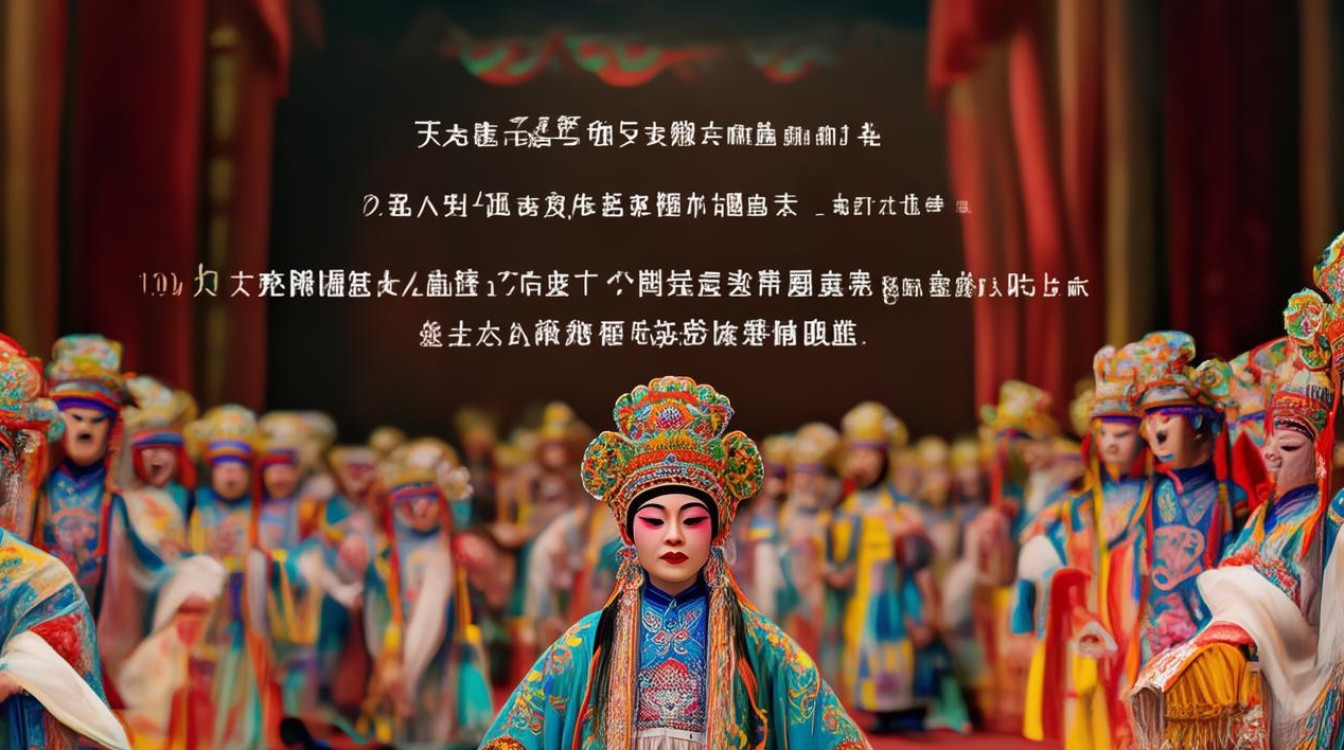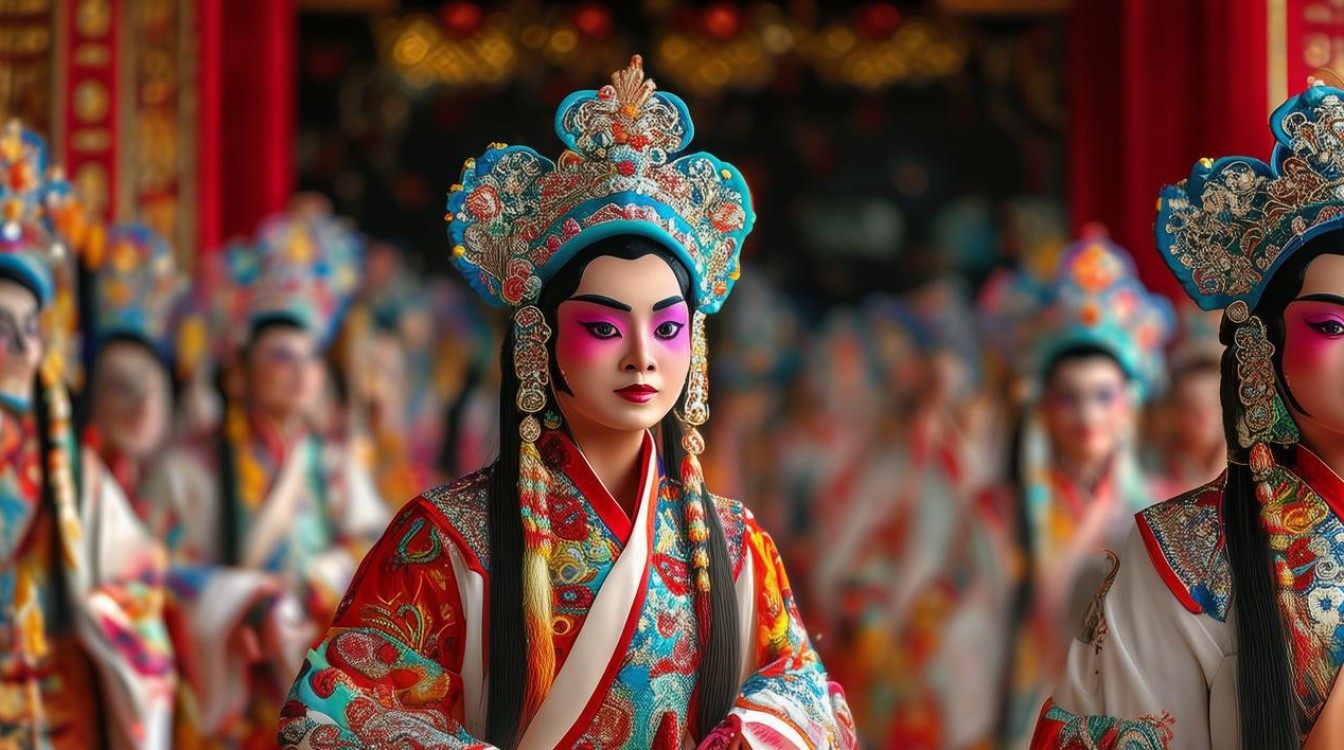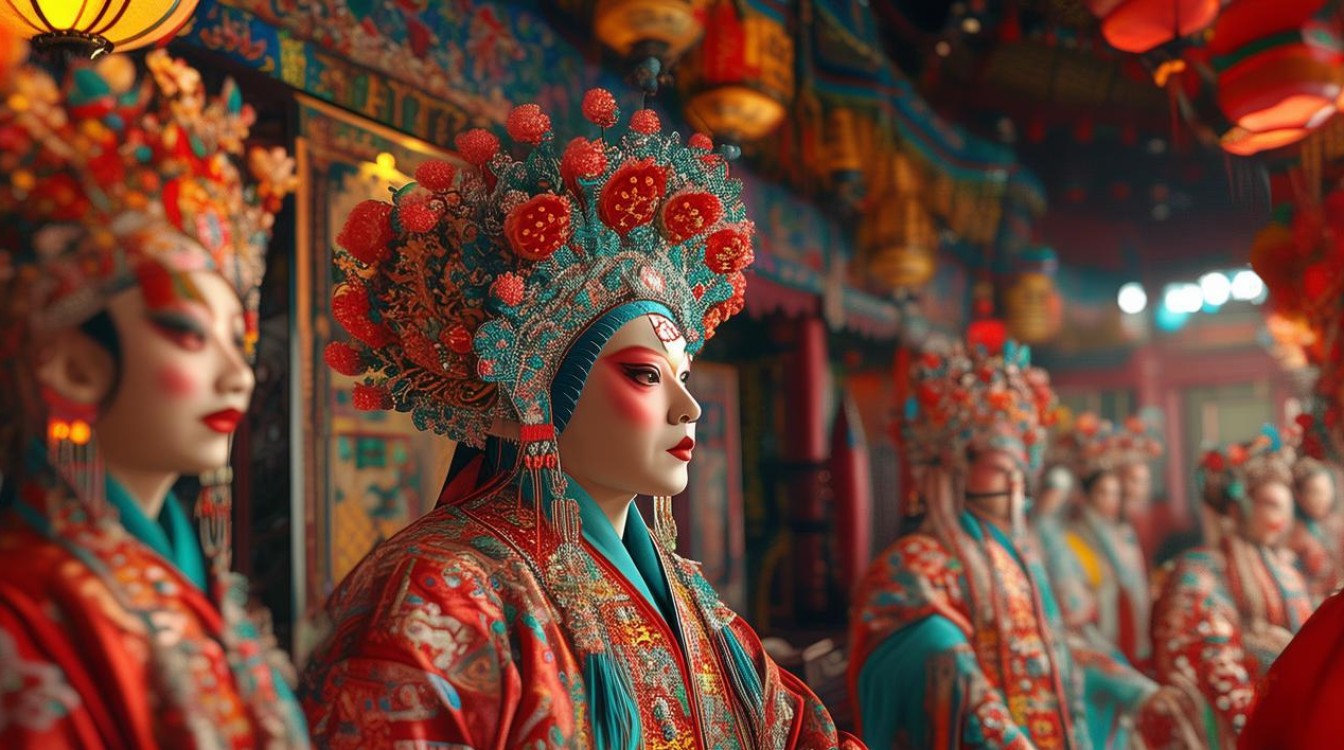Peking Opera, known as Jingju in Chinese, is a treasure of traditional Chinese culture. With its vibrant costumes, intricate makeup, and unique vocal techniques, it offers a window into China’s rich history. For English-speaking audiences, watching Peking Opera can be both fascinating and challenging. This article explores the experience of viewing Peking Opera from an English perspective, its cultural significance, and how to appreciate its beauty.

Understanding Peking Opera
Peking Opera dates back over 200 years, blending music, dance, and drama into a singular art form. Unlike Western theater, which relies heavily on dialogue, Peking Opera uses stylized movements, symbolic gestures, and exaggerated facial expressions to convey emotions and stories. The four main roles—Sheng (male), Dan (female), Jing (painted face), and Chou (clown)—each have distinct characteristics, making them instantly recognizable.
For English speakers, the language barrier might seem daunting. However, the visual storytelling transcends words. The elaborate costumes and makeup, such as the iconic "face-changing" technique, communicate character traits without needing translation. Modern performances often include subtitles, making it easier for international audiences to follow along.

Why Watch Peking Opera?
- Cultural Insight – Peking Opera reflects Confucian values, historical legends, and moral lessons. Watching it provides a deeper understanding of Chinese philosophy and societal norms.
- Artistic Mastery – The performers train for decades to perfect their skills. The acrobatics, singing, and martial arts are mesmerizing, showcasing discipline and dedication.
- Unique Aesthetics – The vibrant colors, intricate embroidery, and symbolic props create a visual feast. Every detail, from a sleeve flick to a headdress, carries meaning.
Tips for Enjoying Peking Opera
- Start with Familiar Stories – Many operas adapt well-known Chinese legends, like The Legend of the White Snake or The Monkey King. Researching the plot beforehand enhances comprehension.
- Focus on the Visuals – Even without understanding every word, the costumes, movements, and music tell the story. Pay attention to the symbolism in colors and gestures.
- Attend a Live Performance – While recordings are accessible, the energy of a live show is unmatched. Many theaters offer English introductions or programs.
Overcoming Misconceptions
Some may find Peking Opera slow or overly stylized compared to Western theater. However, appreciating it requires adjusting expectations. The deliberate pacing allows for deeper emotional expression, and the stylization is intentional—every movement is a carefully crafted art form.
Peking Opera in the Modern World
Efforts are being made to preserve and promote Peking Opera globally. Collaborations with contemporary artists, digital adaptations, and international tours help bridge cultural gaps. Younger generations in China are also rediscovering its value, ensuring its survival.

For English speakers, watching Peking Opera is more than entertainment—it’s a cultural immersion. By approaching it with an open mind, one can uncover layers of meaning and artistry. Whether through live performances or digital platforms, experiencing Peking Opera is a journey worth taking.
Peking Opera is not just a performance; it’s a living tradition that continues to inspire. Its beauty lies in the harmony of music, movement, and storytelling—a testament to human creativity across centuries.



